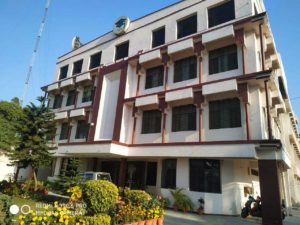According to a 2008 article by Centron and Davis in The Futurist, everything we knew about technology in 2008 will account for only 1% of what we will know about it by 2050. Research and technology is evolving at an exponential rate and this will have a deep impact on organisations and jobs, reshaping skill requirements. There are a great number of figures to illustrate this trend:
- Up to 85% of jobs that will be available in 2030 don’t exist yet, according to a 2017 report from Dell Technologies.
- Almost half (47%) of jobs in the US and 35% in the UK are at risk of automation over the next decade or two, according to a 2013 study by economists Carl Benedikt Frey and Michael Osborne.
- In France, 42% of jobs are under threat of automation, according to the consulting firm Roland Berger (2015).
- The average projected job loss across OECD countries is 57%, according to a 2016 World Bank Development Report.
The mission of the Business School Professor has dramatically evolved in the past two years, due to the huge technological wave which we are now riding. The Professors have to prepare students for jobs that don’t yet exist, using technologies that have not yet been invented, to solve problems that have not yet been raised.
Faculty lie at the heart of successful innovation within Business Schools and it is incumbent on Schools to create an environment that supports innovation. At IPM, we are lucky to have faculty rules that recognize the value of innovation in teaching. Without such rules, innovation would be unlikely to take root.



